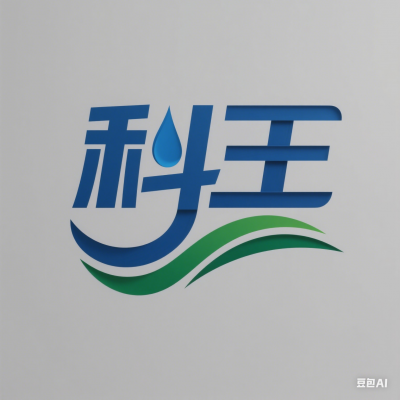Hebei KeWang Rubber Products Co., Ltd.
AIBot OnlineThis conversation is AI-generated. Contact manufacturer before transaction to confirm info.
-
 Liu
Hi there! Welcome to my shop. Let me know if you have any questions.
Liu
Hi there! Welcome to my shop. Let me know if you have any questions.
Your message has exceeded the limit.

Hydraulic Dams: Technological Innovations Reshaping Water and Energy Landscapes
2025-07-18 13:12:56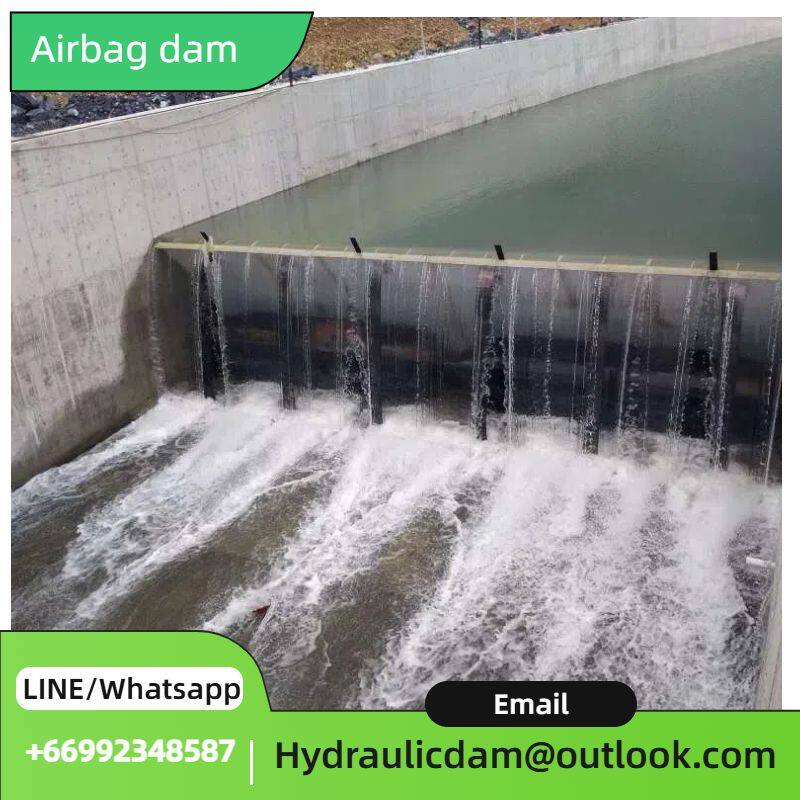
In the evolving landscape of engineering and sustainability, hydraulic dams have transcended their traditional roles, thanks to rapid technological advancements. These structures, once seen primarily as water storage and flood control tools, are now at the intersection of cutting-edge technology, renewable energy, and smart resource management. Let’s delve into how technological innovations are elevating hydraulic dams to new heights of efficiency and versatility.
One of the most striking technological leaps in hydraulic dams is the integration of smart monitoring systems. Gone are the days of manual inspections and guesswork. Modern hydraulic dams are equipped with an array of sensors that continuously track water pressure, gate movement, structural integrity, and even water quality. These sensors feed real-time data to centralized control systems, often powered by artificial intelligence (AI). AI algorithms analyze this information to predict potential issues—such as a gate malfunction or a sudden surge in water flow—allowing operators to address problems before they escalate. For example, in a hydraulic dam in Europe, AI-driven predictive maintenance has reduced downtime by 30%, ensuring the dam operates at peak efficiency year-round.
Another area of innovation lies in the materials used to construct hydraulic dams. Traditional dams often relied on concrete and steel, which, while durable, can be costly and environmentally intensive to produce. Today, engineers are experimenting with high-performance composites—materials that are lighter, stronger, and more resistant to corrosion. These composites not only extend the lifespan of hydraulic dams but also reduce their carbon footprint during construction. A recent project in Australia used a fiber-reinforced polymer composite for its dam gates, cutting material transportation costs by 40% and decreasing the overall construction time by several months.
The integration of hydraulic dams with energy storage systems is also a game-changer. As renewable energy sources like solar and wind become more prevalent, the need for reliable energy storage has grown. Hydraulic dams, particularly those with pumped-storage capabilities, are stepping in to fill this gap. During periods of low energy demand, excess electricity from solar or wind farms is used to pump water from a lower reservoir to a higher one. When demand spikes, the water is released back down, passing through turbines to generate electricity. This closed-loop system turns hydraulic dams into giant batteries, stabilizing the power grid and making renewable energy more viable. A hydraulic dam in the United States, paired with a large-scale solar farm, now provides backup power to over 100,000 homes during peak usage hours.
Technological advancements have also made hydraulic dams more accessible for small-scale applications. Mini and micro hydraulic dams, once limited by inefficiency, are now feasible in remote or low-resource areas, thanks to compact hydraulic systems and low-power turbines. In rural parts of South America, for instance, micro hydraulic dams—powered by small streams—provide electricity to communities that were previously off the grid. These dams are easy to install, maintain, and operate, empowering local communities to take control of their energy needs without relying on expensive infrastructure.
Sustainability is at the core of these technological innovations. Modern hydraulic dams are designed to minimize their impact on local ecosystems. Fish passage systems, for example, use advanced hydraulics to create gentle water flows that allow fish to migrate upstream, bypassing the dam. In some cases, sensors monitor fish movement, adjusting water releases to coincide with migration patterns. This balance between human needs and environmental preservation is a testament to how technology is making hydraulic dams more eco-friendly.
Looking ahead, the future of hydraulic dams is tied to further technological breakthroughs. Researchers are exploring the use of 3D printing to create custom dam components, which could reduce construction waste and lead times. Others are experimenting with energy-harvesting technologies that capture excess energy from dam operations—such as the movement of gates—to power on-site systems. These innovations promise to make hydraulic dams even more efficient, sustainable, and adaptable.
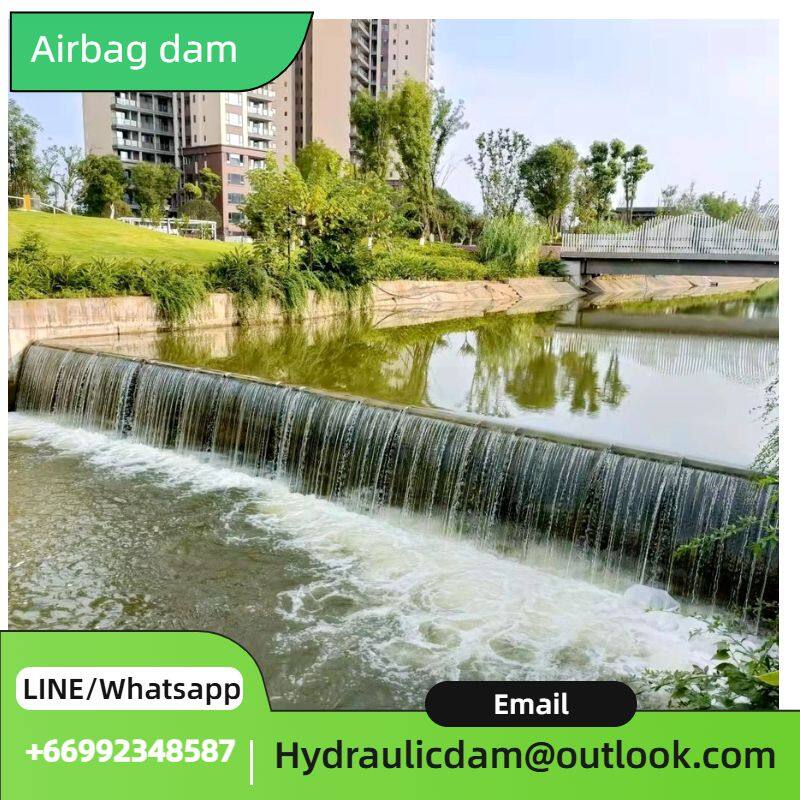
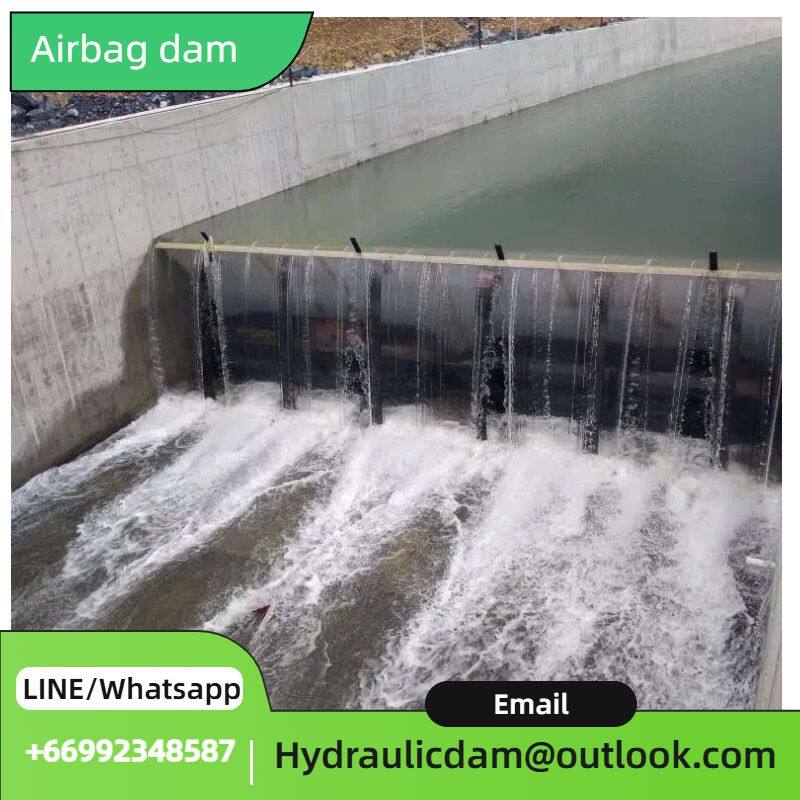
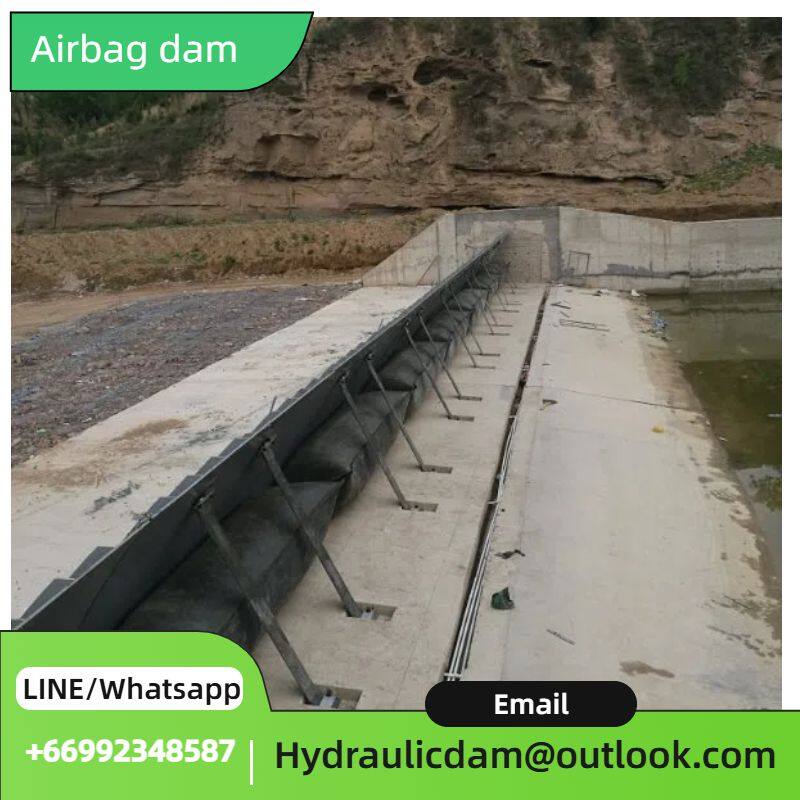
Tags: hydraulic dam, hydraulic lifting dam, hydraulic rising dam
